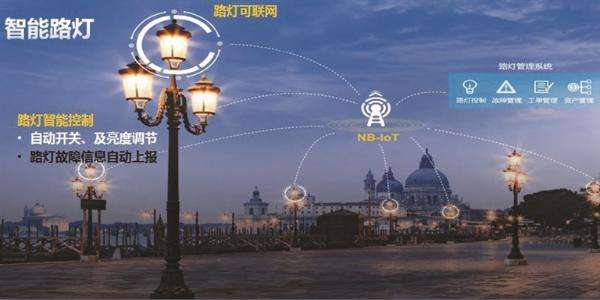如何对锂离子电池进行高效率的充电(一)
Driven by integrated functionality and shrinking form-factors, the demand for portable devices such as cellular phones, PDAs and portable DVD players has grown significantly during the last few years. The power source has quickly become a bottleneck for advancing technology, and improvement of battery-power density cannot keep-up with demand. The lithium-ion (Li-Ion) battery is widely-adopted because of its high energy density on both a gravimetric and volumetric basis. To achieve longer system run-time and smaller size, more and more system designers are finding that improving a system’s power conversion efficiency with advanced circuit topologies is no longer sufficient. Battery charging has become another area to focus on for maximizing battery capacity and extending its service cycle-life. The linear charger is suitable for the low-capacity battery charge applications with its reasonable cost and small-size advantages. With the increasing power demand from portable devices, the linear battery charger no longer adequately meets charge requirements due to its high-power dissipation. This paper presents a MHz synchronous switching battery charger and design considerations to efficiently charge the battery and extend its cycle-life.
How to Charge a Li-Ion Battery
Figure 1 shows a popular charge profile recommended for a Li-Ion battery. Most dedicated Li-Ion-charge integrated circuits (ICs) are designed to charge the battery in this manner. The charging of a Li-Ion battery consists of three phases: pre-charge; fast-charge constant current (CC); and constant voltage (CV) termination. In the pre-charge phase, the battery is charged at a low-rate (typical of 1/10 the fast charge rate) when the battery cell voltage is below 3.0 V. This provides recovery of the passivating layer which might be dissolved after prolonged storage in deep discharge state. It also prevents overheating at 1C charge when partial copper decomposition appears on anode-shorted cells on over-discharge. When the battery cell voltage reaches 3.0 V, the charger enters to the CC phase.

Fast-charge current should be limited to 1C rate (0.7°C rate) to prevent overheating and resulting accelerated degradation. However, cells designed for high power capability can allow higher charge rates. Rates should be selected so that the battery temperature does not exceed 50°C at the end of charge. The battery is charged at the fast-charge rate until the battery reaches a voltage regulation limit (typical of 4.2 V/cell, but 4.1 V for coke-based anodes Li-Ion battery). The charger starts to regulate the battery voltage and enters CV phase while the charge current exponentially drops to a defined termination level. However, the output voltage regulation accuracy is critical to maximizing battery capacity and improving its service life. Less battery voltage regulation accuracy means to undercharge the battery, which results in a large decrease in battery capacity. The battery loses about eight percent capacity if it is undercharged by one percent voltage. On the other hand, less battery voltage regulation accuracy also means the battery is overcharged, which reduces the battery service life-cycle. To safely charge the Li-Ion battery, it only allows initiating to charge the battery when the ambient temperature is between 0°C to 45°C. Charging the battery at lower temperatures promotes formation of metallic Lithium, which increases the battery impedance and causes cell degradation. On the other hand, charging the battery at higher temperatures causes accelerated degradation because of promoting Li-electrolyte reaction. This presents a market need for more accurate, efficient and safe battery charge for portable devices.
